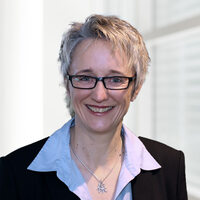The aerospace industry is one of the most fascinating industries. Not just because it has been man’s dream to fly for many centuries. It is also due to the harshness of the conditions faced by aircraft components. These present special challenges to engineers and have inspired us to dedicate this issue of our magazine BEYOND SURFACES to aerospace.
Once again we had the opportunity to portray renowned researchers and scientists within Oerlikon, from academia and from other companies. We met Prof. Sanjay Sampath from New York’s Stony Brook University and discussed latest developments in the field of thermal spray technology. Our customer Airbus gave us an interview on how the future of urban air mobility might look like and how they use Big Data. And our R&D expert Mirjam Arndt from Oerlikon Balzers explains why close partnerships are crucial today in making further technological developments possible.




































